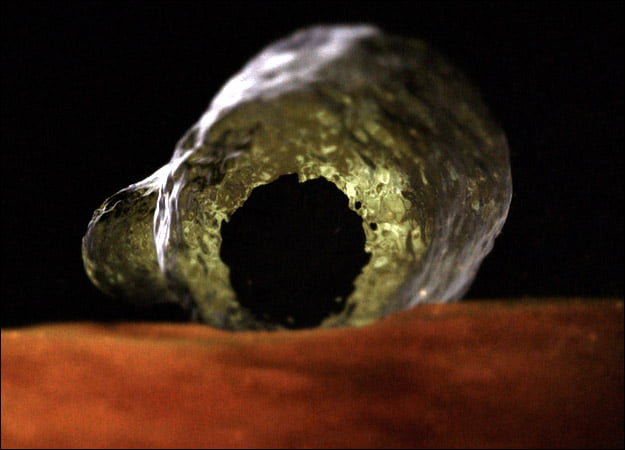Brain-Eating Amoeba FAQ
What is Brain-Eating Amoeba Part II
How Frequently Do People Get Infected by Brain-Eating Amoebas?
Even though N. fowleri amoebas are relatively common, they only rarely cause brain disease. N. fowleri disease, known as primary amoebic meningoencephalitis or PAM, occurs from zero to eight times a year, almost always from July to September.
Worldwide, there have been some 400 reported cases. There have been 35 reported cases in the U.S. since 2001. Yoder and colleagues were able to identify 111 PAM reports in the U.S. from 1962 to 2008.
However, some cases may be unreported. A study in Virginia that looked at more than16,000 autopsy records from patients who died of meningitis found five previously unreported cases of PAM.
“I am sure we are missing some cases,” Yoder says. “But these are pretty tragic infections, often involving children, so doctors and pathologists are motivated to find the cause.”
Studies suggest that many people may have antibodies to N. fowleri, suggesting that they became infected with the amoeba but that their immune systems fought it off. It’s not at all clear how often this happens.
“We have asked ourselves, ‘Is this a rare infection that is always fatal, or a more common one that is only sometimes fatal?’ We don’t know the answer,” Yoder says.
But in a 2009 study, Yoder and colleagues suggested that the common finding of antibodies to the amoeba in humans and the frequent finding of N. fowleri in U.S. waters indicate “that exposure to the amoeba is much more common than the incidence of PAM suggests.”
How Long Do Brain-Eating Amoebas Take to Kill You?
It takes two to 15 days for symptoms to appear after N. fowleri amoebas enter the nose. Death usually occurs three to seven days after symptoms appear. The average time to death is 5.3 days from symptom onset.
Only one U.S. patient survived brain infection with these amoebas. This patient, a 9-year-old California girl, was successfully given anti-amoeba antibiotics and, after a month in the hospital, recovered completely. Worldwide, there have been seven reports of survival.
What Are the First Symptoms Someone Might Have?
Symptoms of PAM are not specific to this disease and resemble those of viral meningitis. Symptoms include headache, fever, stiff neck, loss of appetite, vomiting, altered mental state, seizures, and coma. There may also be hallucinations, drooping eyelids, blurred vision, and loss of the sense of taste.
How Do Amoebas Dissolve Brain Tissue?
One study suggests that N. fowleri amoeba produce two enzymes that dissolve protein.
Are Certain Groups Affected More Than Others?
Over 60% of U.S. cases are in children age 13 or younger. About 80% of cases are in males. It’s not at all clear whether children or males are more susceptible to the amoeba, or whether young males are more likely to engage in activities that expose them to the amoeba.
How Can I Protect Myself Against Brain-Eating Amoebas?
It makes sense to avoid swimming underwater, diving, water skiing, and jumping in warm, still waters during the late summer. It also makes sense to wear a nose clip when swimming, boating, or playing in or on warm waters.
However, there’s no scientific proof that these measures will prevent N. fowleri infection. Millions of people play in warm waters every summer without having their brains infested by amoebas.
It’s a waste of time to put up signs warning that a body of water contains N. fowleri amoebas. There may be more or fewer amoebas depending on the time of year and other factors. More importantly, putting up such signs might imply that bodies of water without signs are safe — and brain-eating amoebas are relatively common.
Source: Web MD
- Introducing the Apple AirTag - July 20, 2023
- Slavish Thinking: غلامانہ سوچ - April 27, 2017
- Android is expected to welcome BBM before October - July 21, 2013


No Comments Yet